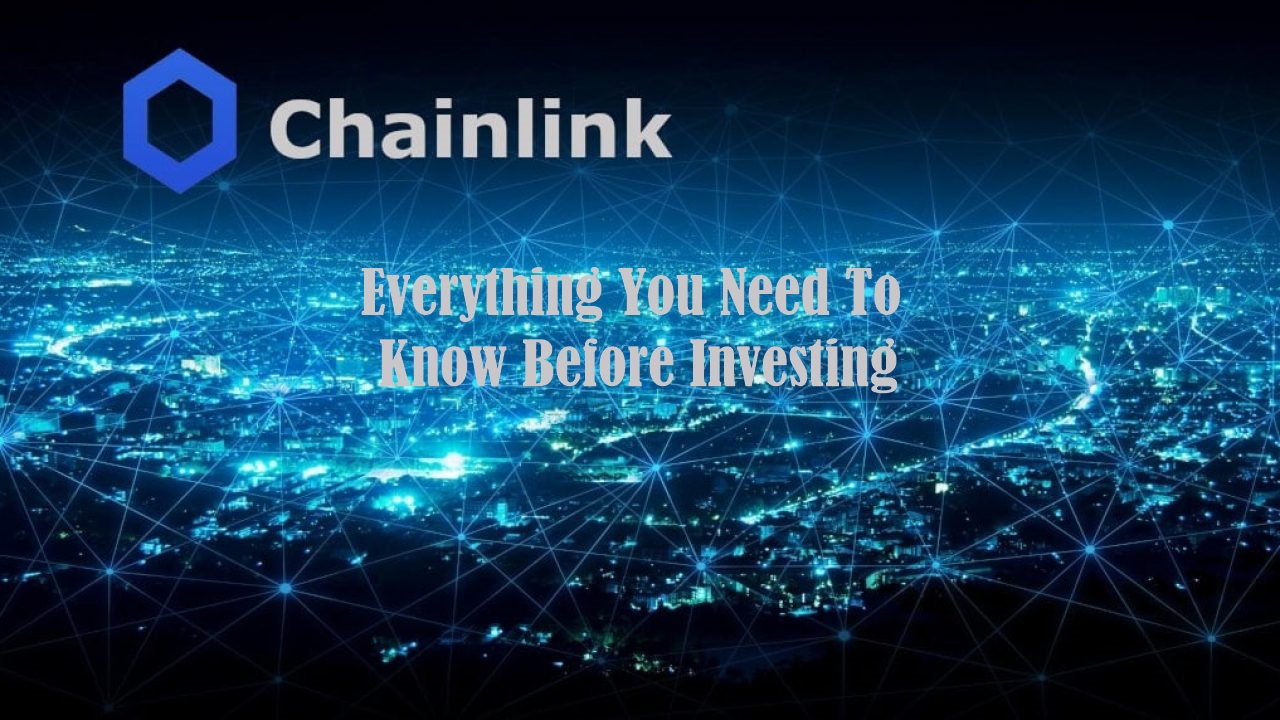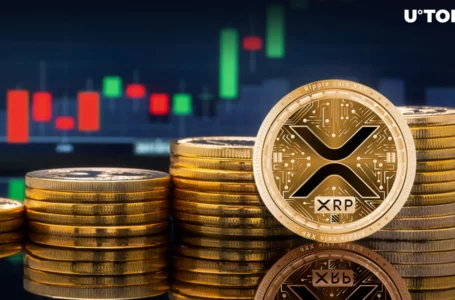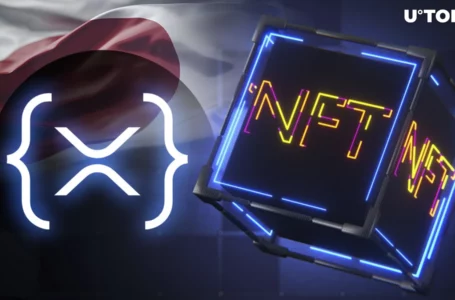
You all probably know that smart contracts strengthen agreements on blockchain technology. After ensuring the data and conditions, smart contracts proceed with automating the deals. Right now, blockchain faces some hindrances because it cannot wholly access external data. It is important to note that smart contracts face difficulty combining off-chain data with on-chain data, and that’s where Chainlink comes into play.
Chainlink provides an alternative to this problem with its decentralized oracles. Such oracles make smart contracts easily understand the external data, by translating it into understandable language for smart contracts. Now let’s try to understand what makes Chainlink stand out from its competitive blockchain oracles.
What is Chainlink (LINK)?
Chainlink (LINK) is a decentralized oracle platform that connects smart contracts with external data. When decentralized applications were compromised easily, Chainlink developed a secure wall to protect them from malicious attacks. The platform proves its value when the blockchain receives the data. At that point, the data is prone to attacks, and it can be manipulated or changed.
To keep the damage to a minimum, Chainlink highlights preferences in its official whitepaper. These priorities are following:
- Data source distribution
- Trusted hardware use
- Oracles distribution
To understand Chainlink’s decentralization, you need to know about the centralized oracle system. It’s a single source that can represent numerous difficulties. If it provides inaccurate data, then all the systems relying on it would abruptly fail. Chainlink develops a cluster of nodes that receive and transfer information to blockchain in a decentralized and secure way.
How Chainlink (LINK) Works?
As said above, Chainlink implements a network of nodes to ensure the information given to smart contracts is secure and entirely reliable. For instance, a smart contract needs real-world data, and it requests it. LINK registers the need and sends it to the Chainlink nodes network to bid on the request.
After submitting the request, LINK validates the data from numerous sources, and that’s what makes this process reliable. The protocol spots trustworthy sources with a high accuracy rate because of its internal reputation function. Such a function increases the possibility of higher accuracy and prevents smart contracts from getting attacked.
Is Chainlink (LINK) Connected with DeFi?
The need for high-performing oracle service has been on the rise as Decentralized Finance (DeFi) picked up the pace. Almost every project uses smart contracts and faces the need for external data to run the task properly. The DeFi projects are left vulnerable to attack with the centralized oracle services. It causes a variety of attacks that include flash loan attacks by manipulating oracles. Previously, we’ve had such attacks, and they’ll keep reoccurring if the centralized oracles remain the same.
However, back in 2020, Chainlink node operators experienced an attack in which they lost over 700 Ethereum from their respective wallets. The Chainlink team abruptly solved the matter, but the attack shows that not all systems are completely secured, and they are vulnerable to attack. Is Chainlink Different from Other oracle service providers? Well, let’s find out what makes Chainlink stand apart from regular service providers.
How Chainlink’s Native Token Works?
The token LINK is used by data purchasers and buyers that pay for translated data into the blockchain. Such service prices are determined by data sellers or oracles while bidding. LINK is an ERC677 token that operates on the ERC-20 token, allowing the token to comprehend the data payload.
Despite earning the token as a data provider, you can invest in LINK by clicking on the button given below. Although Chainlink used to function on Ethereum’s blockchain, other blockchains like Hyperledger and Bitcoin cater to LINK’s oracle services.
The founding company of Chainlink owns 300 million LINK tokens, and 35% of the LINK tokens were sold in ICO back in 2017. Unlike other cryptocurrencies, Chainlink has no staking and mining process that can speed up its circulating supply.
Chainlink (LINK) Community
Among other blockchain projects, the unique features of Chainlink distinguish it. Also, these features serve as the marketing strategy for the project. The distinguishing factor lies in Chainlink completely levering on establishing partnerships while some projects are concentrating on uncompromised transparency.
Though the team in Chainlink does communicate with its users, the frequency is low, but the information always spread out with time. From its social media channels, such as Twitter, it shows a low number of followers of about 36,500.
This’s quite below a normal expectation for a blockchain project like Chainlink that has existed for a few years now. The inconsistency in the flow of the tweets on the Chainlink platform is prominent. There are many days between tweets.
Chainlink (LINK) Partnerships
Chainlink has strived more progressively and is stronger by levering the numerous partnerships it has with other companies. The largest of Chainlink’s partnerships is with SWIFT. In addition to that, other solid partnerships have helped to boost the strength of Chainlink. By collaborating with these partners, the network gets stronger and more popular amongst crypto investors.
Here are some of the partnerships with Chainlink that has distinguished it:
- With banking institutions (with the SWIFT on the lead) by connecting them to smart contracts using Enterprise Grade Oracles.
- With security researchers and computer science academics (such as IC3) implementing the use of cutting-edge security research.
- With independent research firms (such as Gartner) by providing smart contracts.
- With start-up teams or operating systems (such as Zeppelin OS), they provide oracles with the needed security for their products.
- With exchange platforms (such as Request Network) by enhancing their exchange of cryptocurrencies and fiat.
Conclusion
Chainlink is one of the most critical aspects of the crypto and DeFi ecosystem. However, few threats on Ethereum DeFi and correct external data are essential building blocks for an effective on-chain ecosystem. LINK outperformed reputable crypto-coins on the chart and gained significance in the market because of its impressive growth. Experts suggest that a bull might be nearing that will shoot its price above $50.



















